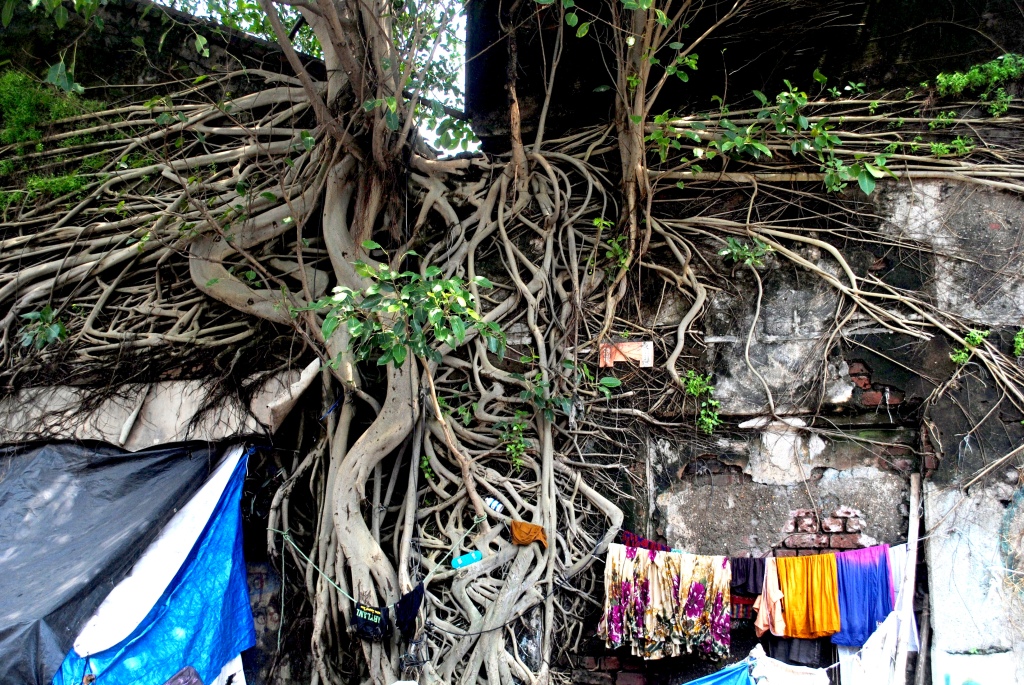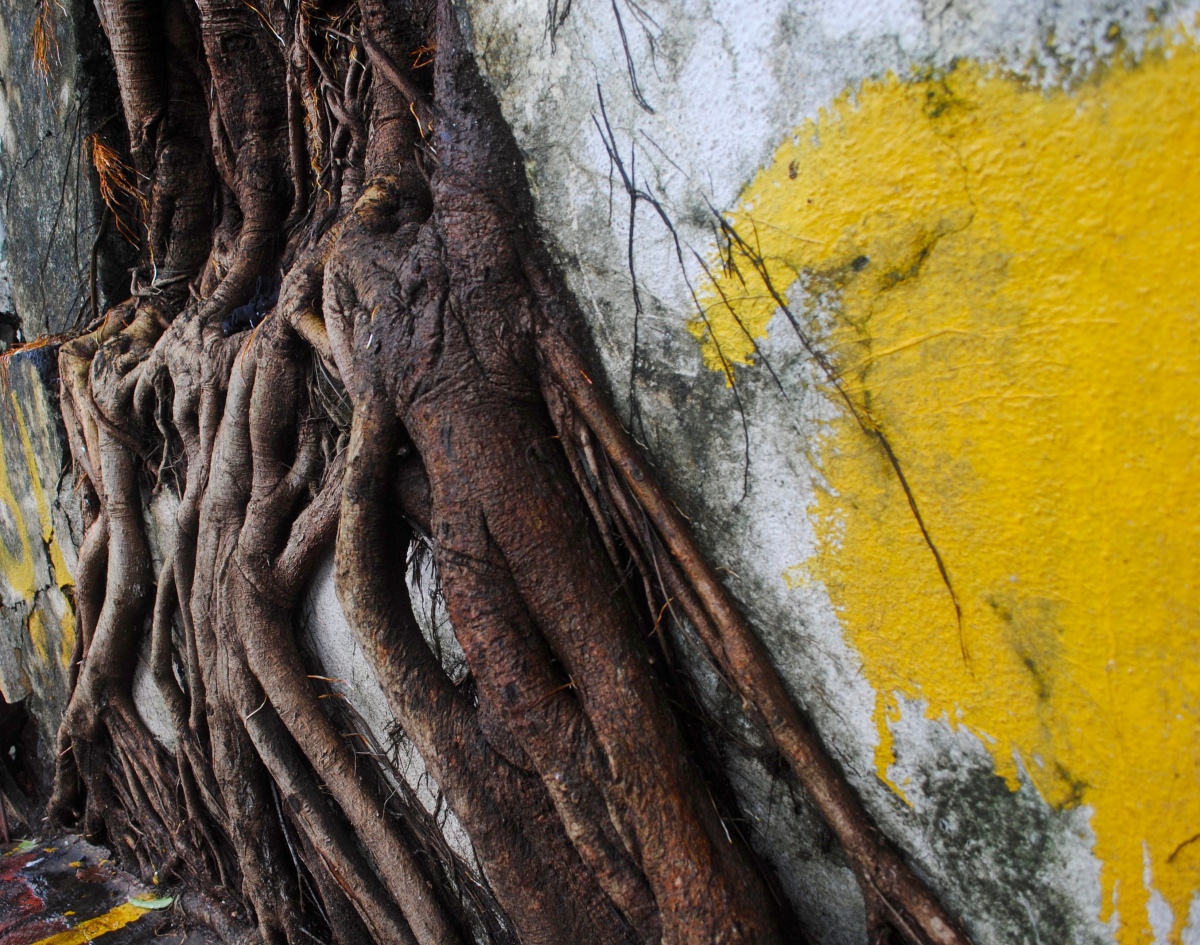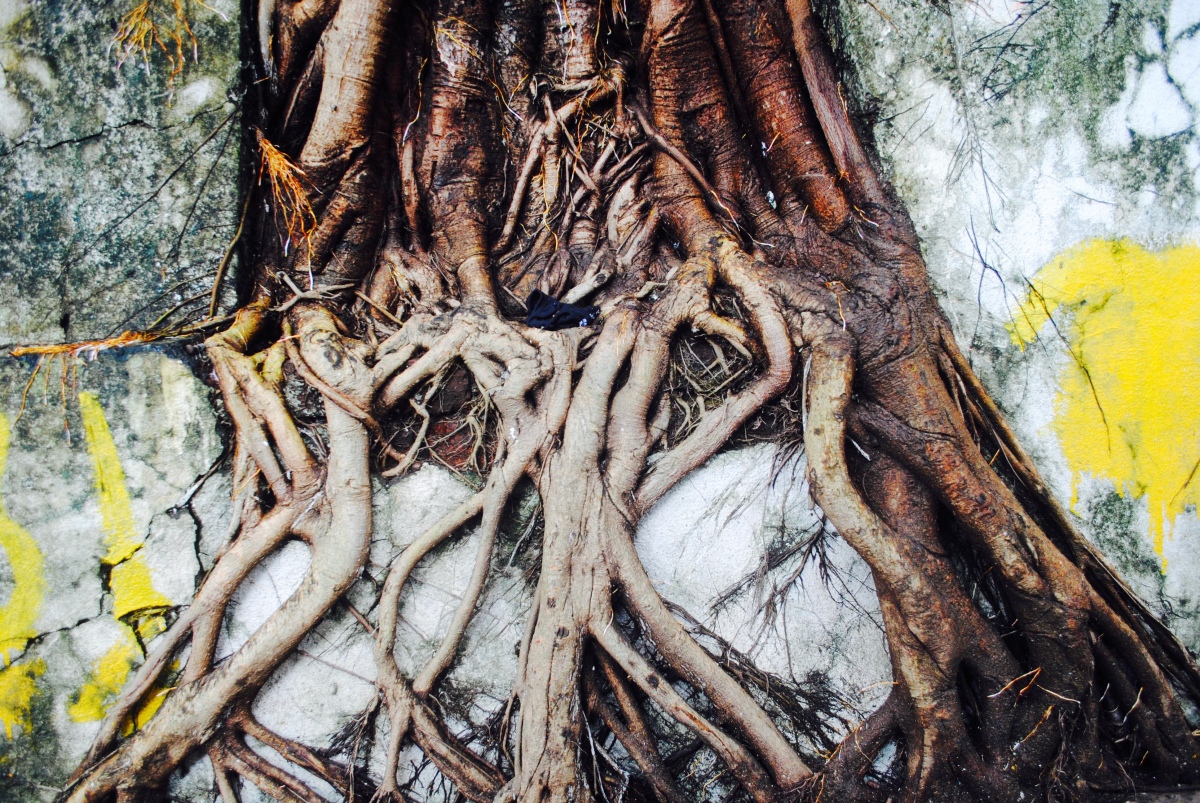The history of Mumbai is strewn with unplanned inorganic growth. More than a billion people now inhabits the city, most of them being migrants from all over the country.
With changing face of commerce, government and population, the city’s infrastructure has developed a very unique architecture.
Every neighbourhood and commercial district has a very interesting story. But I doubt if there is any with more colourful and painful history than Lower Parel. I must admit my knowledge is limited to Internet. Also I am a little more interested in the story because I worked there for about 5 years. Back then, I cribbed about the travel woes and garbage dumps on the streets. But the story of Lower Parel still intrigues me.
Apparently, it was a posh area sometime in the 18th century after the official residence of Governor shifted in Lower Parel. It went through a facelift over the next few years and gradually turned more industrial. For larger part of the twentieth century, it was occupied by textile mills. In parallel, emerged a new habitat of factory workers. By 1980s, it had become a buzzing community where everyone lived as a tribe… an enlarged family with their own inside stories of love and brawls. Their festivals and celebrations were public. The streets were narrow, flanked by small community buildings with one-room houses. Their life revolved around the community. The infrastructure from houses to shops to streets developed around a community life.
And then one day, everything changed. The workers went on strike in 1982 and mills had to stop operations. After the strike lasting almost two years, community fell apart. Cotton mills shifted out of Mumbai, workers went out of job and the factory premises were abandoned.
Today Lower Parel tells a different story. The old mills were taken up by new age offices bringing in glass and steel. Builders made high-rise residential towers for the new white-collar employees of global conglomerates, financial companies and media houses operating out of there. Streets and footpaths were taken by new slum dwellers. Some old mills were turned into fancy clubs and fine dine restaurants bringing in a very unique character to the party outlets not to be found in other planned urban settlements. One of the mill compounds was converted into a shopping mall, aptly named Phoenix Mills.
The streets are still narrow. Some chawls, old buildings with one-room houses, still exist. The entry to a few office complexes is through eerily abandoned mill compounds. New expensive residential apartments stand over small clearings near the slums.
The juxtaposition of new, old and refurbished in Lower Parel feels like a sore to the eye and baffles the confounded mind. This place has seen grandiose, flourishing jobs, happy communities, hunger, violence and dawn of a new world. It’s also a reminder of unplanned urban development in an ancient city of traders.
In this urban jungle with its complicated history of human colonization, I found a forgotten citizen living in oblivion… a tree trying to find a little space of its own. It makes its presence felt vehemently with the roots spreading all over the wall in what appears to be a desperate attempt to live.
On my way back from office a few months back, my colleague’s driver pointed out, ‘doesn’t this look like veins in a human body?!’ Beautiful.







